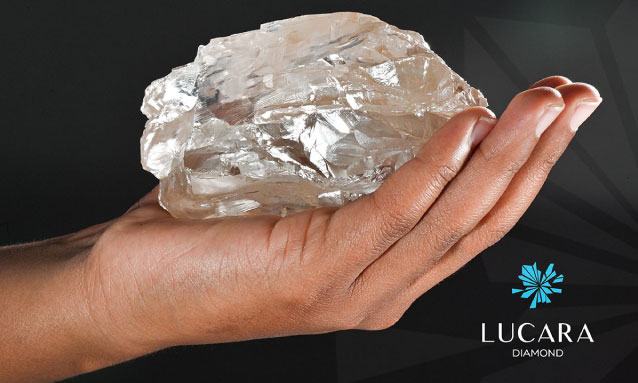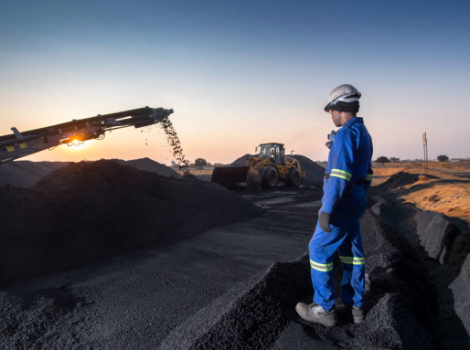
2 September 2024
Lucara estimates that its Karowe mine accounts for 0.3% to 0.4% of global diamond production. The world’s largest diamond was discovered near Pretoria, South Africa in 1905 when Frederick Wells, a mine superintendent, carried out a routine inspection at the Premier Mine.
The 2,492 carat diamond discovered by Canadian miner Lucara Diamond at its Karowe mine in northeastern Botswana in August is the second-largest find. No one alive today has ever seen a larger newly discovered diamond.
In 1905, Wells spotted a reflection of light on a wall. He climbed a ladder and used his penknife to extract what looked like a large shard of crystal. The find, a 3,106-carat diamond, became known as the Cullinan diamond, after the name of the mine’s owner.
When Wells took it back to the mine offices, the clerks refused to believe that it was a diamond, and one of them threw the stone out of the window.
There’s no single person who was responsible for the Karowe diamond find, which was made with the help of X-ray technology developed by Norwegian partner TOMRA, Lucara Diamond CEO William Lamb tells The Africa Report.
“It’s a fantastically significant stone for Botswana,” Lamb says. The diamond industry is at a “low point” due to challenges such as the advance of laboratory-developed diamonds.
“The industry needs the exposure. It couldn’t be better timed,” he says.
Sales of rough diamonds at Debswana Diamond Company, owned by the Botswana government and Anglo American’s De Beers, dropped by 49% in the first half of this year as the global market slumped.
Botswana, says Lamb, has effectively marketed itself as a tourist destination, and a publicity campaign to promote the country as a mining jurisdiction could help to arrest the decline.
Synthetic diamonds threat
The Karowe mine, which is 100% controlled by Lucara, has been in production since 2012. Botswana hasn’t opened a new diamond mine since. The find, Lamb says, can trigger new foreign investment into the country.
Lamb says that the mine produces large stones as it stands on the site of an extinct volcano. He estimates that Karowe alone accounts for 0.3% to 0.4% of global diamond output. The mine, he says, has between 12 and 15 years of resources remaining.
The find, he says, highlights the fact that lab stones quickly depreciate, while natural stones hold their value. Expecting lab diamonds to have long-term value is a “fool’s game” while larger natural stones can serve as an “insurance policy”.
Botswana, says Lamb, remains vulnerable to the threat posed by cheap synthetic stones. De Beers, which gets 70% of its rough diamond supply from Botswana, said in May that it will stop creating synthetic diamonds and concentrate on natural diamonds, ending a six-year experiment.



